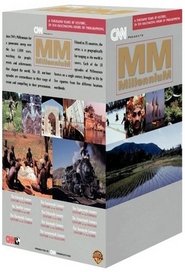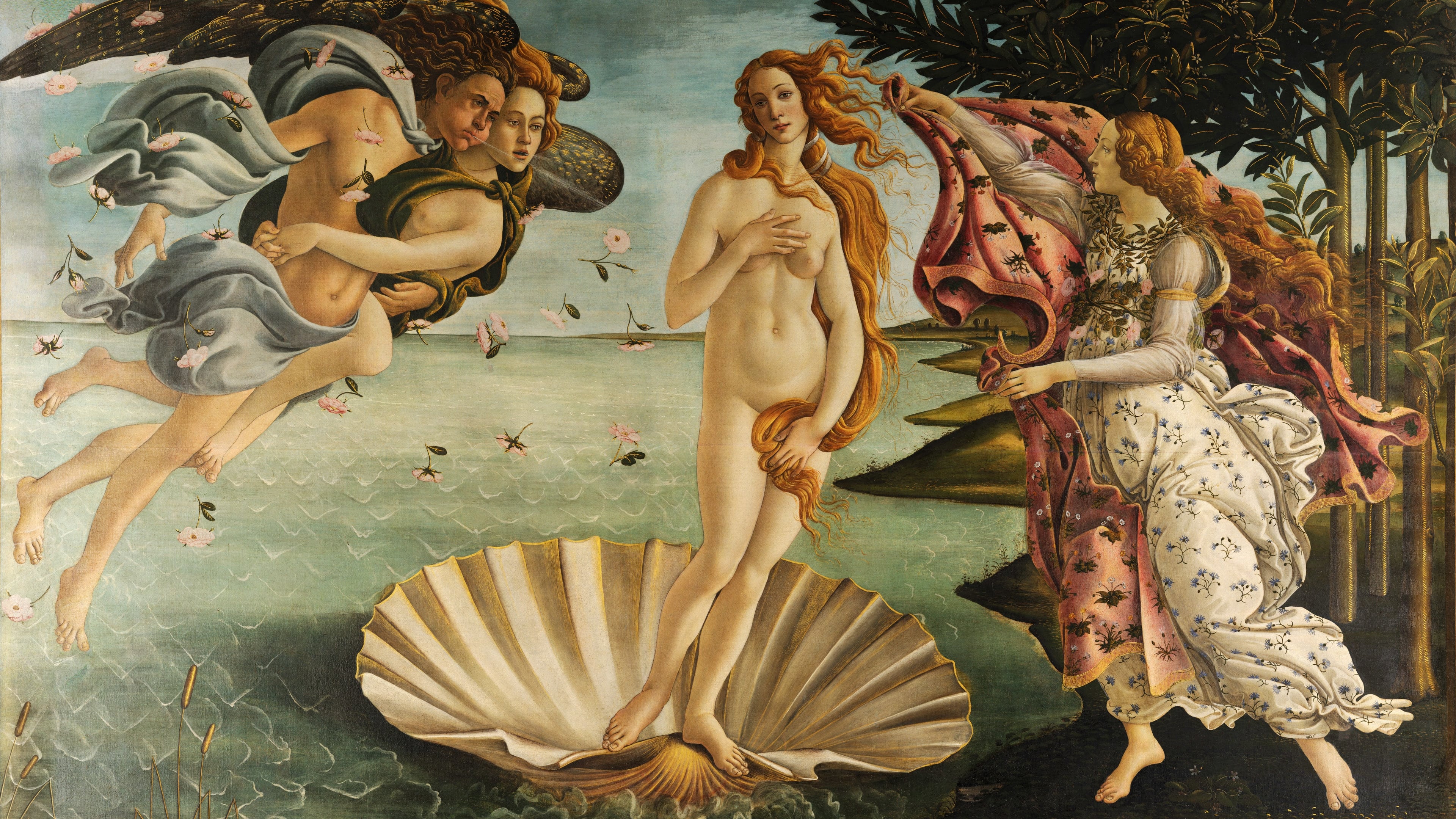
CNN Millennium
A documentary series covering the last 1,000 years. Each of the 10 episodes focuses on a single century, brought to life by five vignettes from five different locations worldwide. Inspired by Felipe Fernandez-Armesto's book, "Millennium," and filmed in 28 countries, the series is as geographically far-ranging as the world it covers.
- Created By
- First Aired on
Oct 24, 1999
- Popularity: 4.2726
- 0 votes
- Networks
- (US)

- Status: Ended
Show Ended
1 seaons till Dec 26, 1999
Last episode: The Twentieth Century: Century of the Globe
Seasons & episodes
Total 1 seasons, 10 episodes

Season 1
Aired

Episode 1The Eleventh Century: Century of the Sword60 min
Survey the world in AD 1000 and see that China was the most vibrant, open and technologically advanced civilization. Islam, less than 400 years old, had become the most far reaching civilization in trade and travel. Cordoba, in Southern Spain, was one of the most important cities in the world. India, rich in natural resources, was the only other civilization that the Chinese respected. Enriched by contact with China, Japan looked promising but turned increasingly in on itself. We are able to examine life in the imperial palace through an intimate diary left by Sei Shonagon, who was a lady in waiting to the Heian royalty. Christianity was divided into two rival camps. The Western Catholic Church looked to Rome, the Eastern Orthodox Church looked to Constantinople. In 1054, the political wrangling reached a climax when the Pope excommunicated the Eastern Church.

Episode 2The Twelfth Century: Century of the Axe60 min
All over the world people challenged nature and a century of ambitious building began. At Pueblo Bonito, in the American Southwest, a monumental city rose from the desert. Vast new churches arose all over Northern Europe to celebrate God's glory through Gothic architecture. Spectacular Christian churches were carved out of solid rock in Ethiopia to establish the power of King Lalibela. New cities produced a new way of life in Italy. Citizens gave themselves charters, established their rights, and declared themselves independent republics. Not everyone built. Nomadic tribes such as the Australian aborigines continued to flourish by hunting, gathering and honoring the land.

Episode 3The Thirteenth Century: Century of the Stirrup60 min
Genghis Khan and his Mongol horsemen thundered across Asia, creating the largest empire the world has ever known. The Mongols were ferocious warriors, but they imposed peace on the lands they conquered. It became possible to travel and trade safely from Europe to the Orient. Grandson of Genghis, Kublai Khan conquered and united the whole of China but was seduced by luxury in his palace at Xanadu. The Mongol advance west was finally halted by the Mamelukes, a Muslim dynasty of former slaves who made Cairo into one of the world's greatest cities. Goods and ideas from the Orient traveled via Venice up into northern Europe.

Episode 4The Fourteenth Century: Century of the Scythe60 min
Black Death, the catastrophic plague that invaded Europe from the East, cut short the new prosperity. Treatment varied from the magical to the scientific. In Cairo, the number of deaths was said to reach 21.000 a day. While the great empires were devastated, smaller ones flourished. Mali, in west Africa, became wealthy through trading gold and salt. In Central Asia, Timur, a Turk born near Samarqand, rose from sheep-stealer to conqueror and creator of a vast empire that gave the world some of its most spectacular Islamic architecture. Seaborne trade prospered, especially at the eastern end of the Indian Ocean. In East Java, the Kingdom of Majapahit thrived under the splendid rule of Hayan Wuruk. Europe also suffered other catastrophes - terrible famine and a mini ice age. Across Europe, there was a call for greater equality between people and their rulers.

Episode 5The Fifteenth Century: Century of the Sail60 min
China set out to dominate the seas. These new trade ventures were extremely lucrative, but after 30 years Ming bureaucrats forbade further voyages and abandoned maritime imperialism. Europe was torn by civil war, but the city states of northern Italy produced a cultural explosion known as the Renaissance. The Medici prince, Lorenzo the Magnificent, dominated and adorned Florence, nurturing painting, sculpture, poetry, music, and architecture. Greater than any European city was the Tenochtitlan, the Aztec capital on the site of what is now Mexico City. Built on marshland in Lake Texcoco, the highly organized city was supported by trade over huge distances, the Aztec gods placated by mass human sacrifice. The Ottomans took advantage of the weakness of the Byzantine empire, conquered Constantinople, and turned it into the capital of their empire. Mehmed the Conqueror's palace included a harem for 2.000 women, stables for 4.000 horses, 10 mosques, 14 baths and two hospitals. The kitchen could feed 5.000 or 10.000 on holidays. There were many great voyages of the 15th Century including that of Vasco de Gama's discovery of a route to the Indian Ocean and Christopher Columbus crossing the Atlantic and back.


